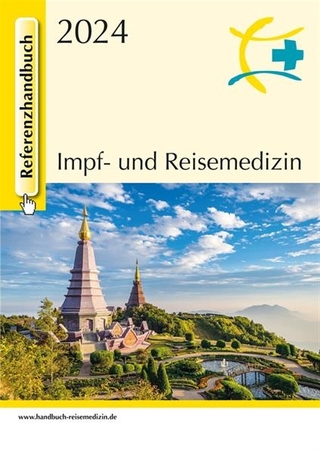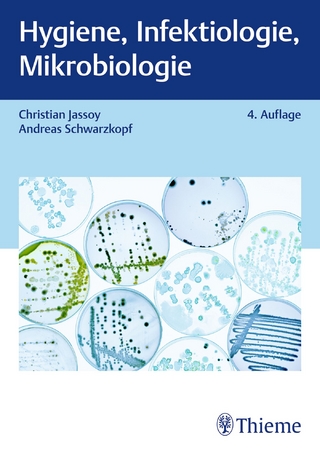
Ruminant Pestivirus Infections
Springer Wien (Verlag)
978-3-211-82279-1 (ISBN)
Pestiviruses-taxonomic perspectives.- Molecular characterization of hog cholera virus.- Bovine viral diarrhea virus genomic organization.- Bovine viral diarrhea virus proteins and their antigenic analyses.- A "zinc finger-like" domain in the 54 KDA protein of several pestiviruses.- BVD Monoclonal Antibodies: relationship between viral protein specificity and viral strain specificity.- Correlation of bovine viral diarrhoea virus induced cytopathic effects with expression of a biotype-specific marker.- Cytopathogenicity of pestiviruses isolated post mortem from cattle.- Diaplacental infections with ruminant pestiviruses.- The pathways for bovine virus diarrhoea virus biotypes in the pathogenesis of disease.- Border disease of sheep-Aspects for diagnostic and epidemiologic consideration.- A study of some pathogenetic aspects of bovine viral diarrhea virus infection.- Distribution of antigen of noncytopathogenic and cytopathogenic bovine virus diarrhea virus biotypes in the intestinal tract of calves following experimental production of mucosal disease.- Clinical and virological observations of a mucosal disease outbreak with persistently-infected seropositive survivors.- Insertion of cellular sequences in the genome of bovine viral diarrhea virus.- Congenital curly haircoat as a symptom of persistent infection with bovine virus diarrhoea virus in calves.- Identification and production of pestivirus proteins for diagnostic and vaccination purposes.- Surveillance of cattle herds for bovine viral diarrhoea virus (BVDV)-infection using data on reproduction and calf mortahty.- Flow cytometric detection of bovine viral diarrhoea virus.- Identification of cattle infected with bovine virus diarrhoea virus using a monoclonal antibody capture ELISA.- Detection of borderdisease virus in sheep efferent lymphocytes by immunocytochemical and in situ hybridisation techniques.- Bovine viral diarrhea virus infection: rapid diagnosis by the polymerase chain reaction.- cDNA probes for the detection of pestiviruses.- Detection of persistent bovine viral diarrhea virus infections by DNA hybridization and polymerase chain reaction assay.- Differentiation of pestiviruses by a hog cholera virus-specific genetic probe.- Poster presentations.- Lesions in aborted bovine fetuses and placenta associated with Bovine Viral Diarrhoea virus infection.- Immunological reactivity of bovine viral diarrhea virus proteins after proteolytic treatment.- Polymerase chain reaction amplification of segments of pestivirus genomes.- Production of monoclonal antibodies to study the molecular biology of bovine viral diarrhea virus.- Determination of level of antibodies to bovine virus diarrhoea virus (BVDV) in bulk tank milk as a tool in the diagnosis and prophylaxis of BVDV infections in dairy herds.- BVD-virus infection in goats - experimental studies on transplacental transmissibility of the virus and its effect on reproduction.- BVD virus isolation techniques for routine use in cattle herds with or without previous BVD history.- Molecular characterisation of the coding region for the p125 from homologous BVDV biotypes.- Progeny of sheep persistently infected with border disease virus.
| Erscheint lt. Verlag | 23.9.1991 |
|---|---|
| Reihe/Serie | Archives of Virology. Supplementa |
| Zusatzinfo | VIII, 271 p. 78 illus. |
| Verlagsort | Vienna |
| Sprache | englisch |
| Maße | 210 x 279 mm |
| Gewicht | 860 g |
| Themenwelt | Medizin / Pharmazie ► Medizinische Fachgebiete ► Mikrobiologie / Infektologie / Reisemedizin |
| Naturwissenschaften ► Biologie ► Mikrobiologie / Immunologie | |
| Schlagworte | Antigen • Cholera • Infections • monoclonal antibodies • pathogen • Polymer • Protein • proteins • Virology • Virus • Viruses • Virusinfektion • Viruskrankheiten • Wiederkäuer; Veterinärmedizin |
| ISBN-10 | 3-211-82279-8 / 3211822798 |
| ISBN-13 | 978-3-211-82279-1 / 9783211822791 |
| Zustand | Neuware |
| Haben Sie eine Frage zum Produkt? |
aus dem Bereich


